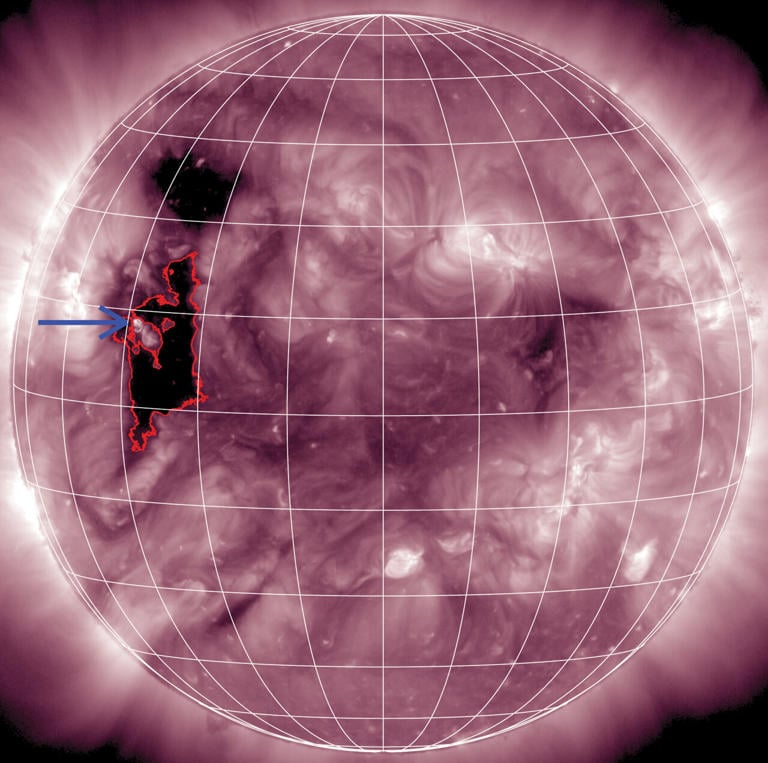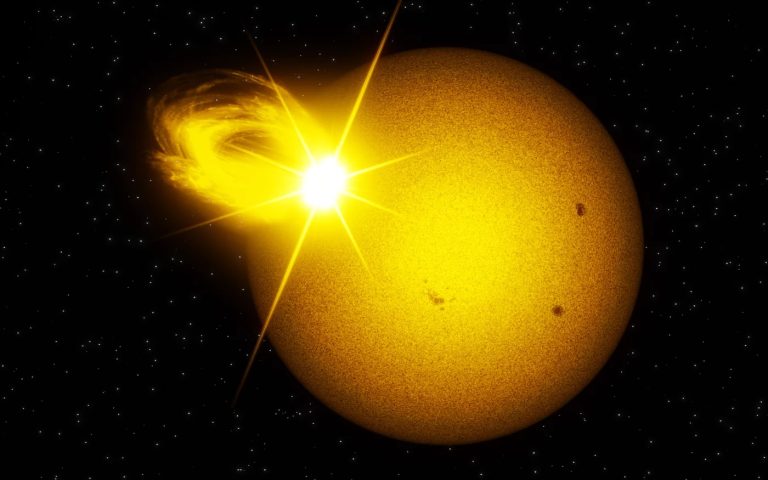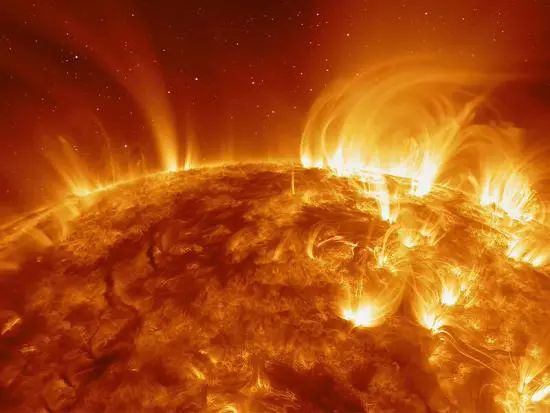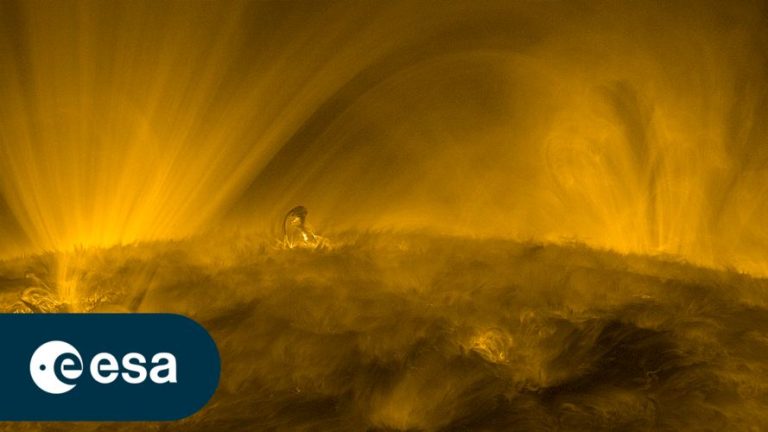NASA Detects Helium‑3 From Sun’s Corona Hole: A Solar Breakthrough
A small opening in the Sun’s outer atmosphere let rare Helium‑3 escape. This finding links coronal‑hole jets to ³He release and boosts our understanding of how the Sun’s magnetic activity creates and vents valuable isotopes for future fusion research.
Summary
- Coronal holes are cooler, darker regions on the Sun with open magnetic field lines.
- On October 24–25, 2023, a jet from a coronal hole released the highest ³He levels ever recorded.
- NASA–ESA Solar Orbiter measured the spike at 0.47 AU; NASA’s SDO tracked the jet from Earth orbit.
- Heavy ions like iron remained at normal levels while carbon, nitrogen, silicon, and sulfur rose.
- Weak magnetic fields and low turbulence in the jet region favor ³He enrichment.
- The Sun makes ³He during core fusion of hydrogen into helium.
- Earth’s Helium‑3 is scarce; lunar regolith holds the most accessible supply.
- Mining 150 tons of lunar dust is needed to yield about 1 gram of ³He.
- Understanding these events sharpens space weather forecasting.
- Future missions may aim to capture ³He directly from solar wind or Moon samples.
- Videos, press releases, and journal articles document the discovery in detail.
Main Article
What Are Coronal Holes?
Coronal holes appear as dark patches in extreme ultraviolet images because they are less dense and cooler than surrounding regions. In these areas, the Sun’s magnetic field lines open straight into space, letting solar wind and particles escape easily. The Solar Dynamics Observatory captured a small bright jet at the edge of a coronal hole that released rare Helium‑3 (SWRI press release).
Tracking Solar Particles
In late October 2023, the joint NASA–ESA Solar Orbiter detected an unusual burst of solar energetic particles (SEPs) rich in Helium‑3 while 0.47 AU from the Sun. Simultaneously, NASA’s Solar Dynamics Observatory (SDO) watched from a geosynchronous orbit around Earth. By combining their data, researchers pinpointed a tiny jet at a coronal hole’s edge as the source of the high ³He levels.
Surprising Element Mix
Most SEP events show elevated heavy ions like iron (Z = 26). Yet this event had normal iron but high levels of lighter elements:
| Element | Atomic Number (Z) |
|---|---|
| Carbon | 6 |
| Nitrogen | 7 |
| Silicon | 14 |
| Sulfur | 16 |
This odd mix suggests coronal‑hole jets involve different physics than flares or coronal mass ejections.
Why Helium‑3 Matters
Helium‑3 (³He) is prized for nuclear fusion because it can produce energy with minimal radioactive waste. On Earth, ³He is vanishingly rare. The Sun’s core makes ³He when fusing hydrogen into helium, but replicating those 100 million °C conditions here is nearly impossible.
Sources of Helium‑3
Helium‑3 comes from three main places:
| Source | Location | Estimated ³He Yield |
|---|---|---|
| Coronal‑hole jets | Sun’s corona | Variable per event |
| Lunar regolith | Moon’s surface | ~1 g per 150 tons of dust |
| Earth’s mantle | Below crust | Trace amounts |
On the Moon, the solar wind embeds ³He into dust over billions of years. To get just 1 gram, miners would need to process about 150 tons of lunar soil.
Implications for Research
This event advances solar physics by revealing how coronal‑hole jets shape particle composition. It also guides fusion research by showing natural ³He enrichment. Future spacecraft might collect ³He directly from solar wind or lunar samples, cutting down the need for heavy Earth processing.
Facts
- Helium‑3 fusion produces almost no neutrons, making it very clean.
- The Moon’s top meter of regolith holds an estimated 1 million kg of ³He in total.
- Solar Orbiter will keep monitoring coronal‑hole jets into the 2030s.
References
- Watch the jet event video: Solar Jet Study 2025
- Read archived SEP analysis: PDF Archive
- View coronal‑hole imagery: Coronal Hole Video
- See SWRI details: SWRI Press Release
- Animation of ³He jet: Helium‑3 Jet Animation
- SDO footage of particle jets: SDO Jet Footage
- Full journal article: Astrophysical Journal




